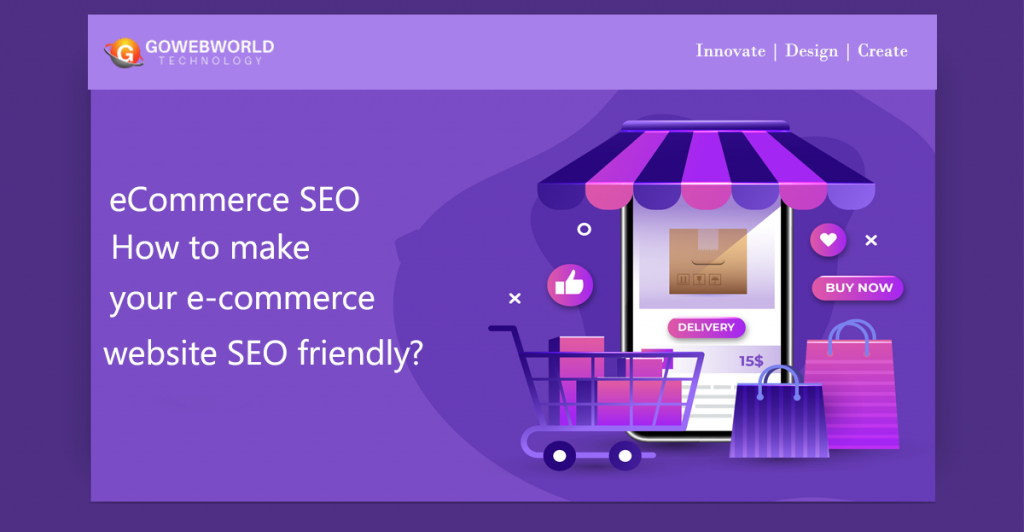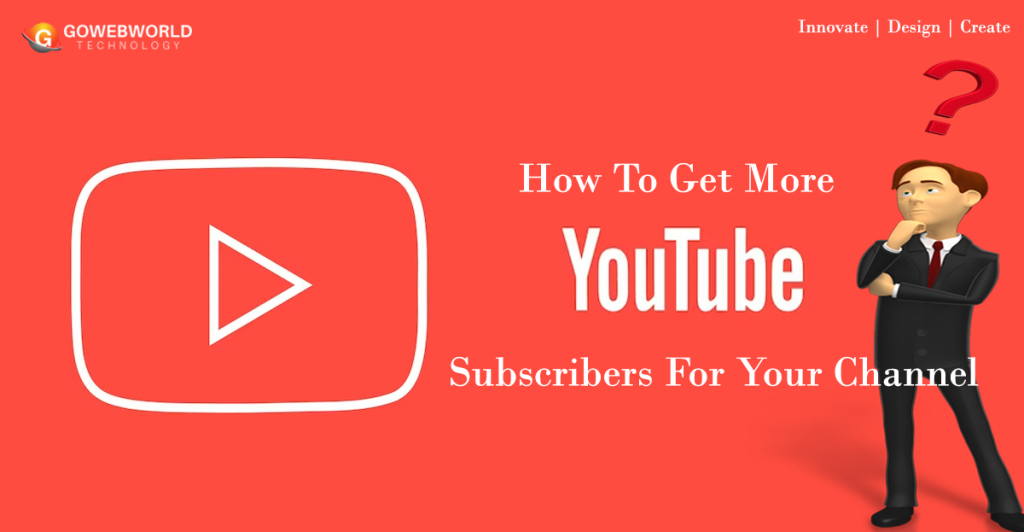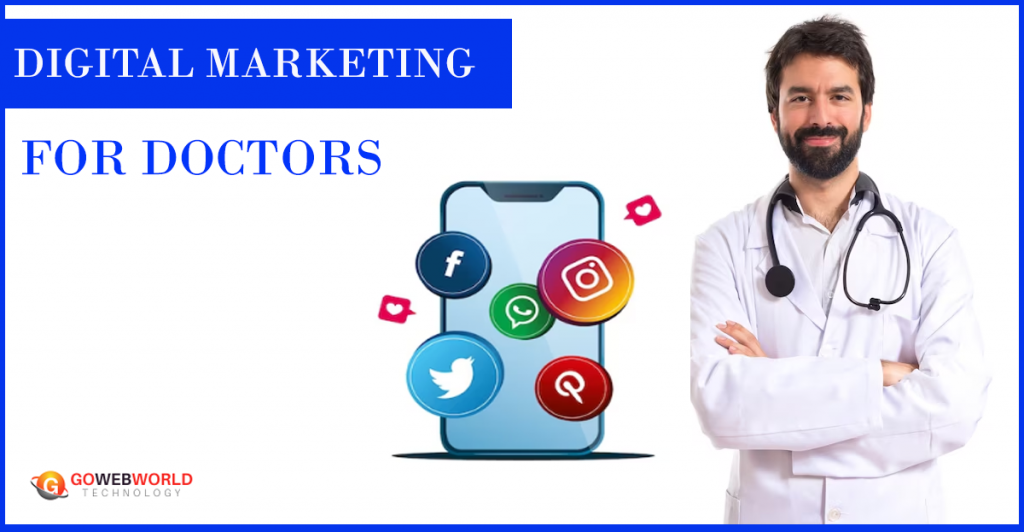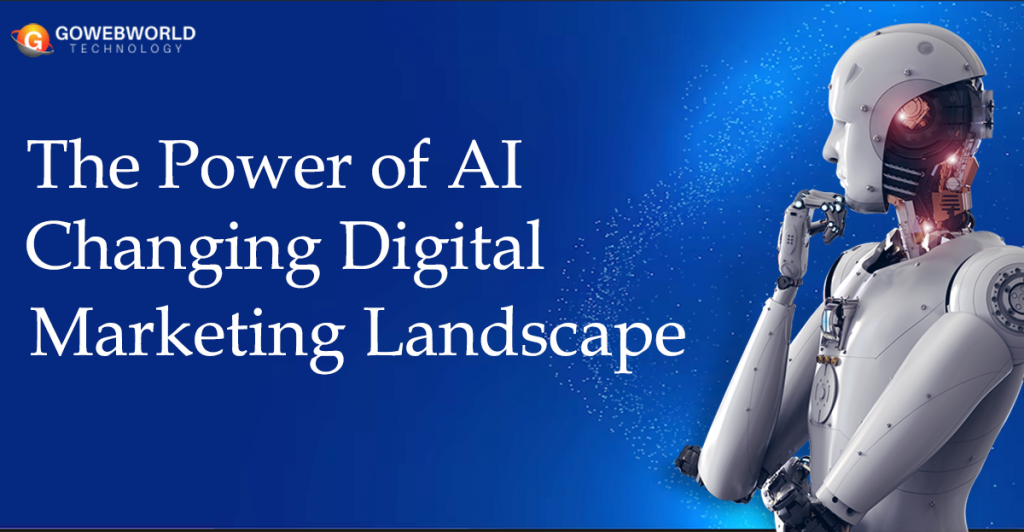In the ever-evolving realm of digital marketing, social media has become a dynamic force shaping the way businesses connect with their audience. The landscape of social media marketing is continually changing, with emerging trends and technologies revolutionizing the way brands engage and promote. In this comprehensive guide, we’ll explore how new-age social media marketing is transforming and what you need to know to stay ahead in this dynamic environment.
The Rise of Social Commerce:
One of the significant shifts in social media marketing is the integration of e-commerce directly into social platforms. Social commerce has gained momentum, allowing users to discover, browse, and purchase products without leaving the platform. As a business owner, understanding the nuances of social commerce and optimizing your strategy for platforms like Instagram Shopping and Facebook Marketplace can enhance your online sales.
Video Dominance and Short-Form Content:
Video content continues to dominate social media platforms, with short-form videos gaining popularity. Platforms like TikTok and Instagram Reels have redefined content consumption habits. To adapt to this trend, businesses should focus on creating engaging and concise video content that captures the audience’s attention in a matter of seconds.
Authenticity and Transparency:
Modern consumers value authenticity and transparency. Brands are leveraging social media to humanize their image, sharing behind-the-scenes content, employee stories, and transparent communication. Establishing an authentic brand presence fosters trust and connection with your audience, leading to long-term customer loyalty.
Influencer Marketing Evolution:
Influencer marketing has evolved beyond traditional endorsements. Micro-influencers, nano-influencers, and even virtual influencers are gaining popularity. Businesses need to carefully choose influencers aligned with their brand values and target audience. Authenticity and genuine connections with influencers are key in this new era of influencer marketing.
The Power of User-Generated Content:
User-generated content (UGC) is a valuable asset in the new-age social media landscape. Encourage your audience to create and share content related to your brand. UGC not only provides authentic endorsements but also fosters a sense of community around your products or services.
Social Listening and Data Analytics:
Advanced analytics tools and social listening have become indispensable for effective social media strategies. Businesses can leverage data insights to understand their audience better, track trends, and measure the success of their campaigns. Social listening tools allow you to monitor conversations about your brand and industry, helping you make informed decisions and respond promptly to customer feedback.
The Emergence of Niche Platforms:
While major platforms like Facebook, Instagram, and Twitter remain essential, niche platforms are gaining prominence. Platforms catering to specific interests or demographics, such as Clubhouse for audio conversations or LinkedIn for professional networking, offer unique opportunities for targeted marketing. Businesses should explore niche platforms aligned with their goals and audience demographics.
In conclusion, new-age social media marketing is a dynamic landscape that requires adaptability and a proactive approach. Embrace the rise of social commerce, prioritize video content and authenticity, evolve your influencer marketing strategy, harness the power of user-generated content, leverage data analytics, and explore opportunities on niche platforms. By staying informed and embracing these changes, your business can thrive in the ever-evolving world of social media marketing.




